Home>Home Appliances>Home Automation Appliances>How Long Does The Nest Thermostat Take To Charge
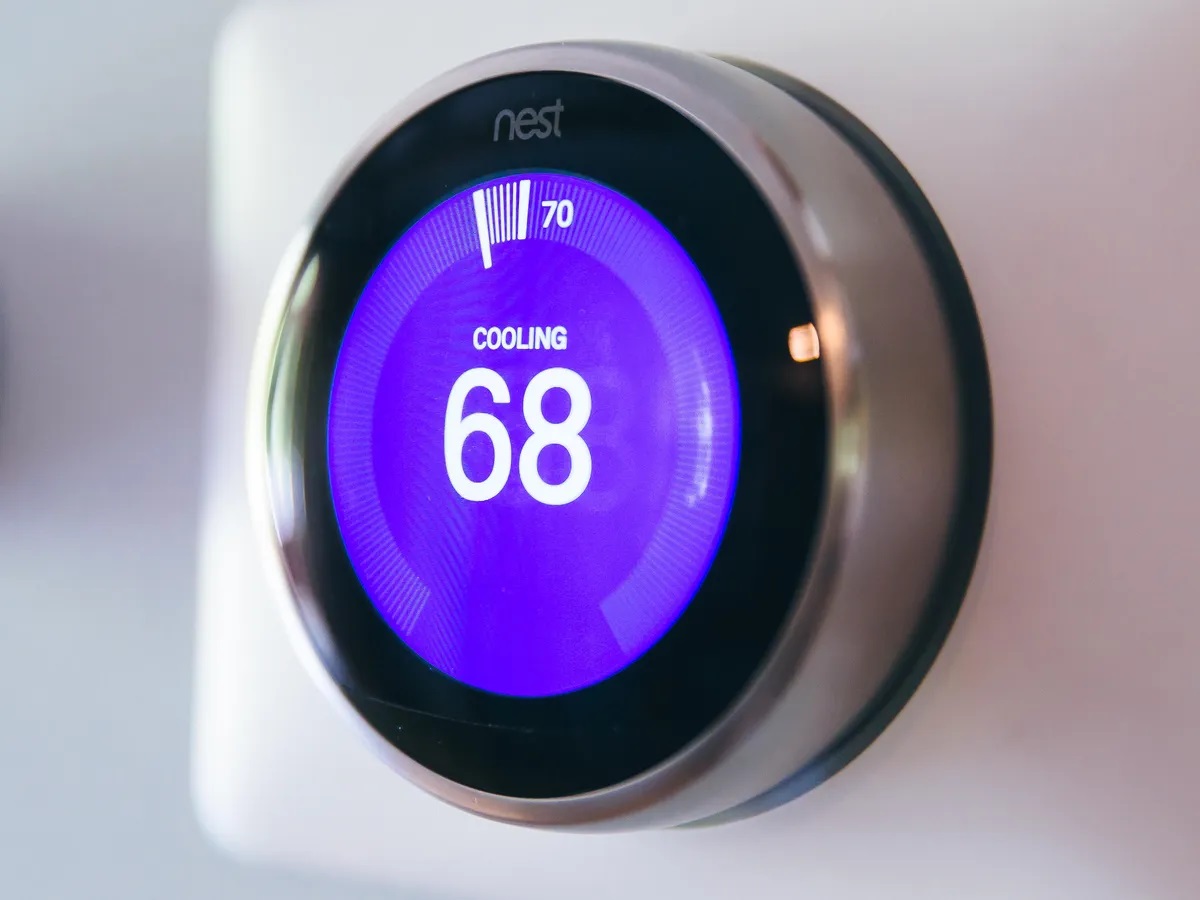

Home Automation Appliances
How Long Does The Nest Thermostat Take To Charge
Modified: May 6, 2024
Discover how long the Nest thermostat takes to charge and optimize your home automation appliances for efficient energy usage. Learn more about charging times and usage tips.
(Many of the links in this article redirect to a specific reviewed product. Your purchase of these products through affiliate links helps to generate commission for Storables.com, at no extra cost. Learn more)
Introduction
Welcome to the world of smart home technology, where devices like the Nest Thermostat have revolutionized the way we interact with our living spaces. The Nest Thermostat is a marvel of modern innovation, offering unparalleled convenience and energy efficiency to homeowners. As we delve into the intricacies of this sophisticated device, one question often arises: How long does the Nest Thermostat take to charge?
The charging time of the Nest Thermostat is a crucial aspect to consider, especially for those who rely on its smart features to regulate their home's temperature and energy usage. Understanding the charging process and the factors that influence it can provide valuable insights into optimizing the performance of this cutting-edge device.
In this comprehensive guide, we will explore the nuances of the Nest Thermostat's charging mechanism, shedding light on the various factors that impact its charging time. By the end of this journey, you will have a clear understanding of the average charging duration and actionable tips to expedite the charging process. Whether you are a proud owner of a Nest Thermostat or contemplating the installation of this groundbreaking technology, this article will equip you with the knowledge needed to make the most of your smart home experience.
Join us as we unravel the mysteries of the Nest Thermostat's charging time and embark on a quest to enhance the efficiency and functionality of your home automation system.
Key Takeaways:
- The Nest Thermostat takes approximately 3 to 4 hours to fully charge from a depleted state using a standard electrical outlet, ensuring minimal downtime and uninterrupted functionality for users.
- To expedite the charging process, users can implement strategies such as using a high-powered outlet, monitoring battery levels, optimizing environmental conditions, and utilizing high-quality charging accessories.
Understanding the Nest Thermostat
Before delving into the nuances of the Nest Thermostat’s charging time, it’s essential to grasp the fundamental workings of this intelligent device. The Nest Thermostat represents a pinnacle of smart home technology, designed to seamlessly integrate into your lifestyle and optimize energy usage with its intuitive features.
At its core, the Nest Thermostat functions as a sophisticated temperature control system that adapts to your preferences and routines. Through advanced sensors and learning algorithms, it observes your daily patterns and adjusts the temperature settings to conserve energy without compromising comfort. This dynamic approach to climate regulation sets the Nest Thermostat apart as a game-changer in the realm of home automation.
Furthermore, the Nest Thermostat is equipped with Wi-Fi connectivity, enabling remote access and control via the Nest app. This means you can adjust the temperature, create schedules, and monitor energy usage from anywhere, providing unparalleled convenience and flexibility. The seamless integration with other smart home devices and voice assistants further enhances its accessibility and functionality.
One of the most remarkable aspects of the Nest Thermostat is its ability to learn from your behavior and make automatic adjustments to optimize energy efficiency. This adaptive learning capability not only contributes to a more comfortable living environment but also leads to substantial cost savings over time. By leveraging data and insights, the Nest Thermostat empowers homeowners to make informed decisions about their energy consumption, fostering a more sustainable and eco-friendly lifestyle.
As we unravel the intricacies of the Nest Thermostat, it becomes evident that this device is not just a temperature controller; it’s a smart companion that harmonizes with your daily life, offering unparalleled convenience, energy savings, and environmental consciousness. With this foundational understanding in place, we are poised to explore the factors that influence the charging time of the Nest Thermostat, shedding light on the mechanisms that drive its performance.
Factors Affecting Charging Time
The charging time of the Nest Thermostat is influenced by a myriad of factors, each playing a distinct role in determining the duration required to replenish its power reserves. Understanding these factors is essential for gaining insight into the charging process and optimizing the performance of this smart device.
- Battery Level: The current battery level of the Nest Thermostat directly impacts the charging time. If the battery is depleted, the charging process will take longer compared to when the battery is partially charged. It’s important to consider the initial battery status when estimating the time required for a full charge.
- Power Source: The power source used to charge the Nest Thermostat is a critical factor. Whether it’s connected to a standard electrical outlet or powered via USB, the charging speed can vary based on the voltage and current supplied. A higher-powered source can expedite the charging process, while a lower-powered one may result in a longer duration.
- Environmental Conditions: Ambient temperature and humidity levels can impact the efficiency of the charging process. Extreme temperatures, both hot and cold, can affect battery performance and, consequently, the charging time. Optimal environmental conditions facilitate faster and more effective charging.
- Device Usage: The usage patterns of the Nest Thermostat can influence its charging time. If the device is actively engaged in regulating temperature, transmitting data, or running additional features, it may require more frequent charging, potentially extending the overall charging duration.
- Charging Cable and Adapter: The quality and compatibility of the charging cable and adapter used play a significant role in determining the charging speed. A high-quality, compatible cable and adapter can ensure efficient power transfer, leading to a shorter charging time.
By comprehending these influential factors, users can gain a holistic understanding of the charging dynamics of the Nest Thermostat. This knowledge empowers individuals to make informed decisions regarding charging strategies and device usage, ultimately optimizing the performance and longevity of this cutting-edge smart home technology.
The Nest Thermostat does not require charging as it is powered by the HVAC system. It only needs to be connected to the C-wire for continuous power.
Average Charging Time
Understanding the average charging time of the Nest Thermostat is crucial for managing its power requirements and ensuring uninterrupted functionality. While the precise duration can vary based on several factors, including those previously discussed, it’s beneficial to establish a general timeframe for the charging process.
On average, the Nest Thermostat takes approximately 3 to 4 hours to fully charge from a depleted state when using a standard electrical outlet as the power source. This timeframe serves as a benchmark for estimating the charging duration and planning accordingly to minimize disruptions in the device’s operation.
It’s important to note that the average charging time can fluctuate based on the specific model of the Nest Thermostat, the battery capacity, and the aforementioned influencing factors. For instance, newer models with enhanced battery technology may feature faster charging capabilities, while environmental conditions and power source quality can also contribute to variations in the charging duration.
Furthermore, the Nest Thermostat’s efficient energy management and low-power design contribute to relatively short charging times, ensuring that users can quickly restore its functionality when needed. The seamless integration of energy-saving features and rapid charging capabilities underscores the device’s commitment to user convenience and operational reliability.
By recognizing the average charging time as a foundational parameter, users can effectively plan for recharging intervals, optimize power management, and leverage the Nest Thermostat’s smart features without prolonged downtime. This understanding paves the way for a seamless and uninterrupted smart home experience, where the device’s charging needs are seamlessly integrated into the daily routine.
Tips for Faster Charging
Efficiently managing the charging process of the Nest Thermostat is essential for maintaining its seamless operation and maximizing its smart functionalities. To expedite the charging time and optimize the device’s performance, consider implementing the following tips and best practices:
- Use a High-Powered Outlet: When charging the Nest Thermostat, connect it to a high-powered electrical outlet to expedite the charging process. Higher voltage and current output can significantly reduce the charging duration, ensuring that the device is swiftly replenished and ready for use.
- Monitor Battery Level: Regularly monitor the battery level of the Nest Thermostat and initiate charging when the battery is partially depleted rather than waiting for a complete drain. By charging the device before the battery level becomes critically low, you can reduce the overall charging time and maintain uninterrupted functionality.
- Optimize Environmental Conditions: Create an optimal charging environment by ensuring moderate temperatures and appropriate humidity levels. Extreme temperatures can hinder the charging efficiency, so placing the device in a temperate environment can contribute to faster and more effective charging.
- Utilize High-Quality Charging Accessories: Invest in high-quality charging cables and adapters that are specifically designed for the Nest Thermostat. Compatible and reliable accessories facilitate efficient power transfer, resulting in shorter charging times and enhanced overall performance.
- Minimize Device Activity During Charging: To expedite the charging process, reduce the Nest Thermostat’s activity during charging periods. Limiting the device’s engagement in temperature regulation and data transmission can optimize the charging efficiency, leading to quicker replenishment of the battery.
- Stay Updated with Firmware Enhancements: Regularly update the Nest Thermostat’s firmware to leverage potential enhancements related to charging optimization. Firmware updates may introduce improvements in energy management and charging algorithms, further streamlining the charging process.
By implementing these tips, users can proactively enhance the charging experience of the Nest Thermostat, ensuring that the device remains readily available and fully operational. These strategies not only contribute to faster charging times but also promote efficient power management, ultimately enriching the smart home experience and minimizing disruptions in the device’s functionality.
Conclusion
The Nest Thermostat stands as a beacon of innovation in the realm of smart home technology, offering unparalleled convenience, energy efficiency, and seamless integration into everyday living. As we explored the intricacies of the Nest Thermostat’s charging time, we gained valuable insights into the factors that influence its charging duration and the strategies to optimize its performance.
Understanding the fundamental workings of the Nest Thermostat revealed its adaptive learning capabilities, remote accessibility, and commitment to energy conservation, positioning it as a transformative addition to modern homes. The device’s ability to harmonize with user preferences and routines, coupled with its rapid charging capabilities, underscores its commitment to user-centric design and operational reliability.
By delving into the factors affecting charging time, we uncovered the significance of battery level, power sources, environmental conditions, device usage, and charging accessories in shaping the charging dynamics of the Nest Thermostat. This comprehensive understanding empowers users to make informed decisions about charging strategies and device utilization, fostering a more efficient and seamless smart home experience.
The average charging time of the Nest Thermostat serves as a foundational parameter for planning and managing the device’s power requirements, ensuring uninterrupted functionality and minimal downtime. This knowledge equips users with the foresight to integrate charging intervals seamlessly into their daily routines, optimizing power management and leveraging the device’s smart features with confidence.
Furthermore, the actionable tips for faster charging offer practical and effective strategies to expedite the charging process, promoting efficient power management and minimizing disruptions in the device’s operation. By implementing these tips, users can proactively enhance the charging experience of the Nest Thermostat, ensuring that the device remains readily available and fully operational.
In conclusion, the Nest Thermostat’s charging time encapsulates the device’s commitment to user convenience, seamless integration, and operational reliability. By navigating the intricacies of its charging dynamics and leveraging optimization strategies, users can unlock the full potential of this groundbreaking smart home technology, enriching their living spaces with unparalleled comfort and energy efficiency.
Now that you're up to speed on keeping your Nest Thermostat charged and ready, why not delve deeper into optimizing your entire home? Our next read offers a look at the latest trends and gadgets in home automation, perfect for making your living space smarter and more efficient. Don’t miss out on discovering the top picks to streamline daily tasks and boost your home's intelligence.
Frequently Asked Questions about How Long Does The Nest Thermostat Take To Charge
Was this page helpful?
At Storables.com, we guarantee accurate and reliable information. Our content, validated by Expert Board Contributors, is crafted following stringent Editorial Policies. We're committed to providing you with well-researched, expert-backed insights for all your informational needs.
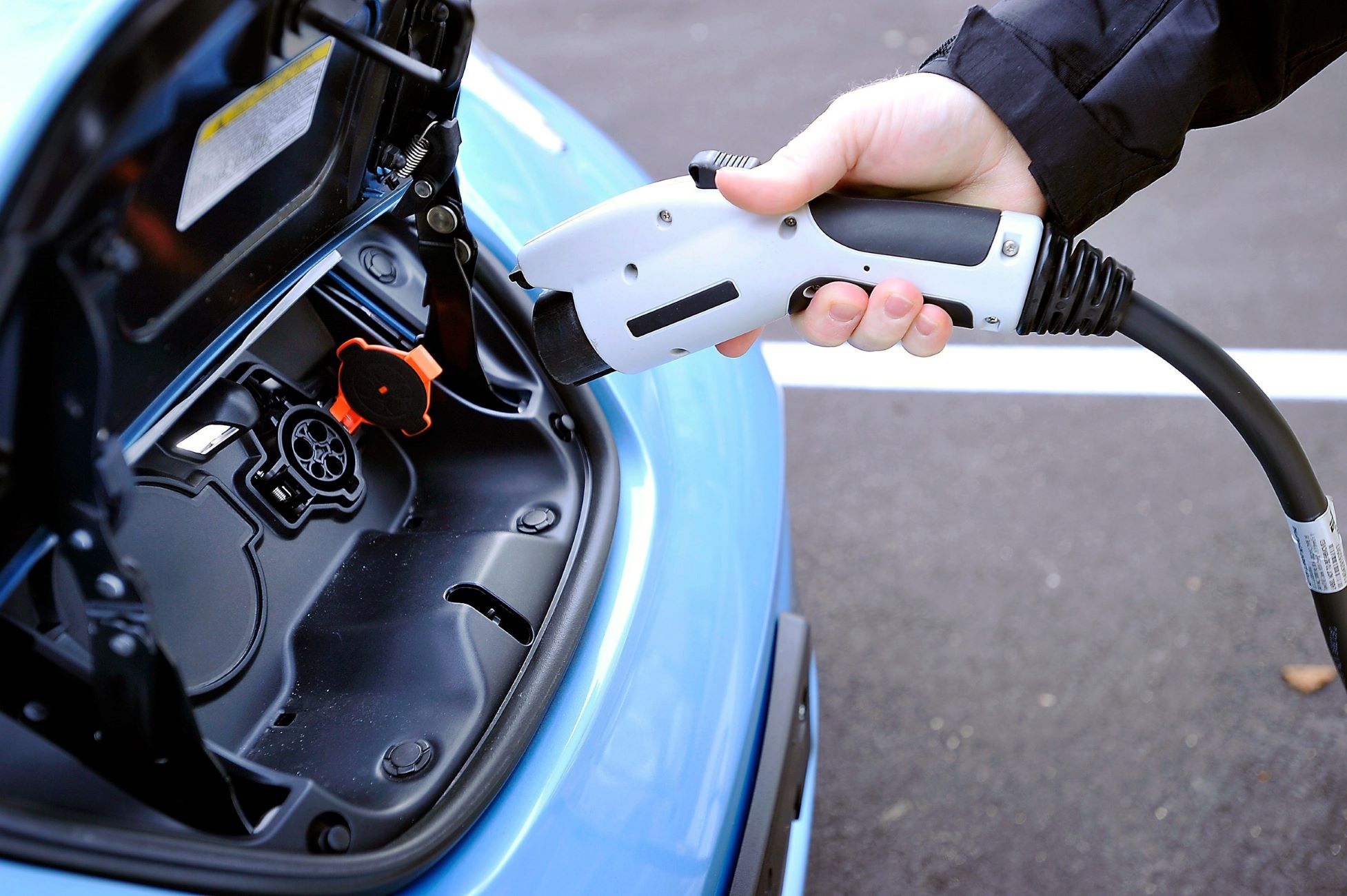
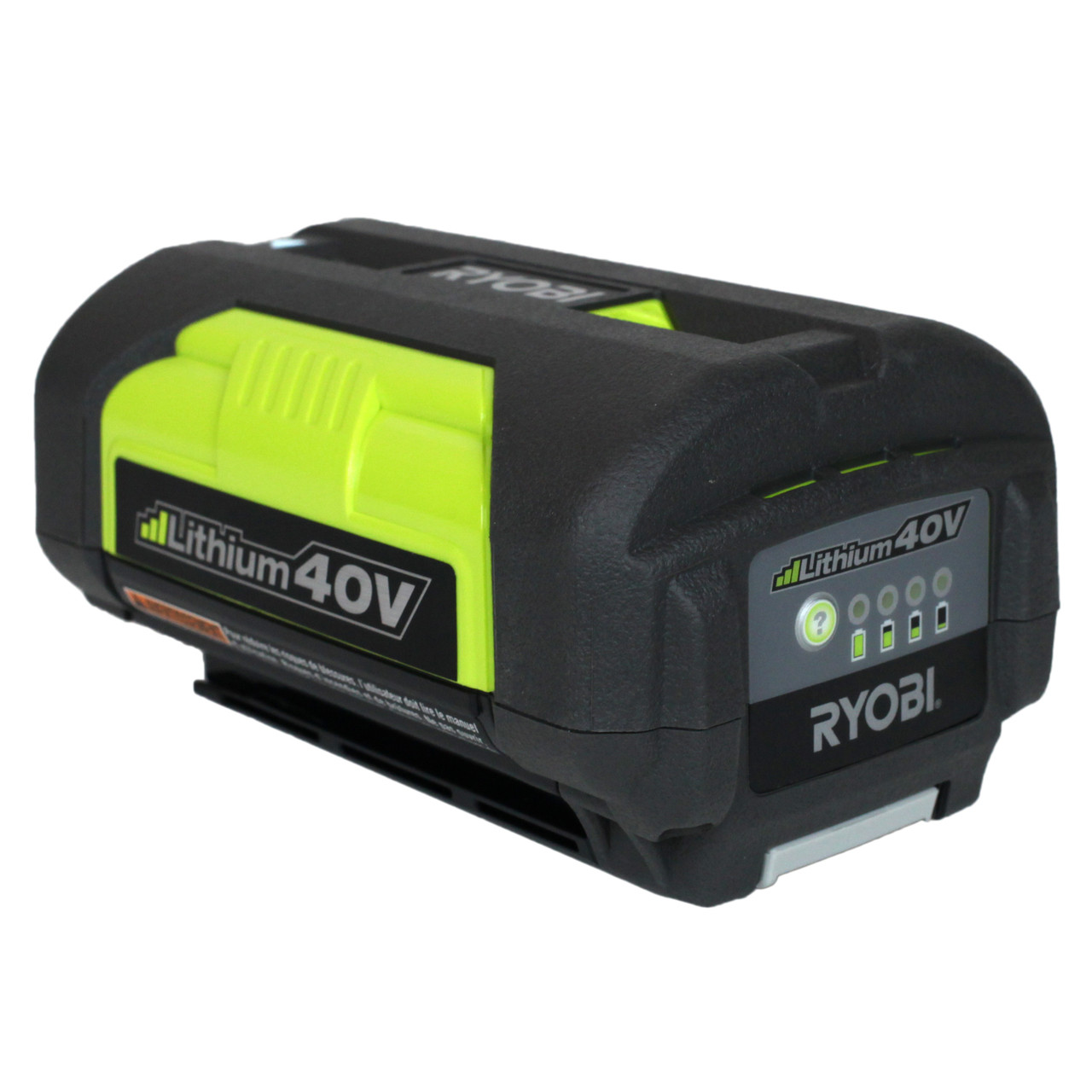
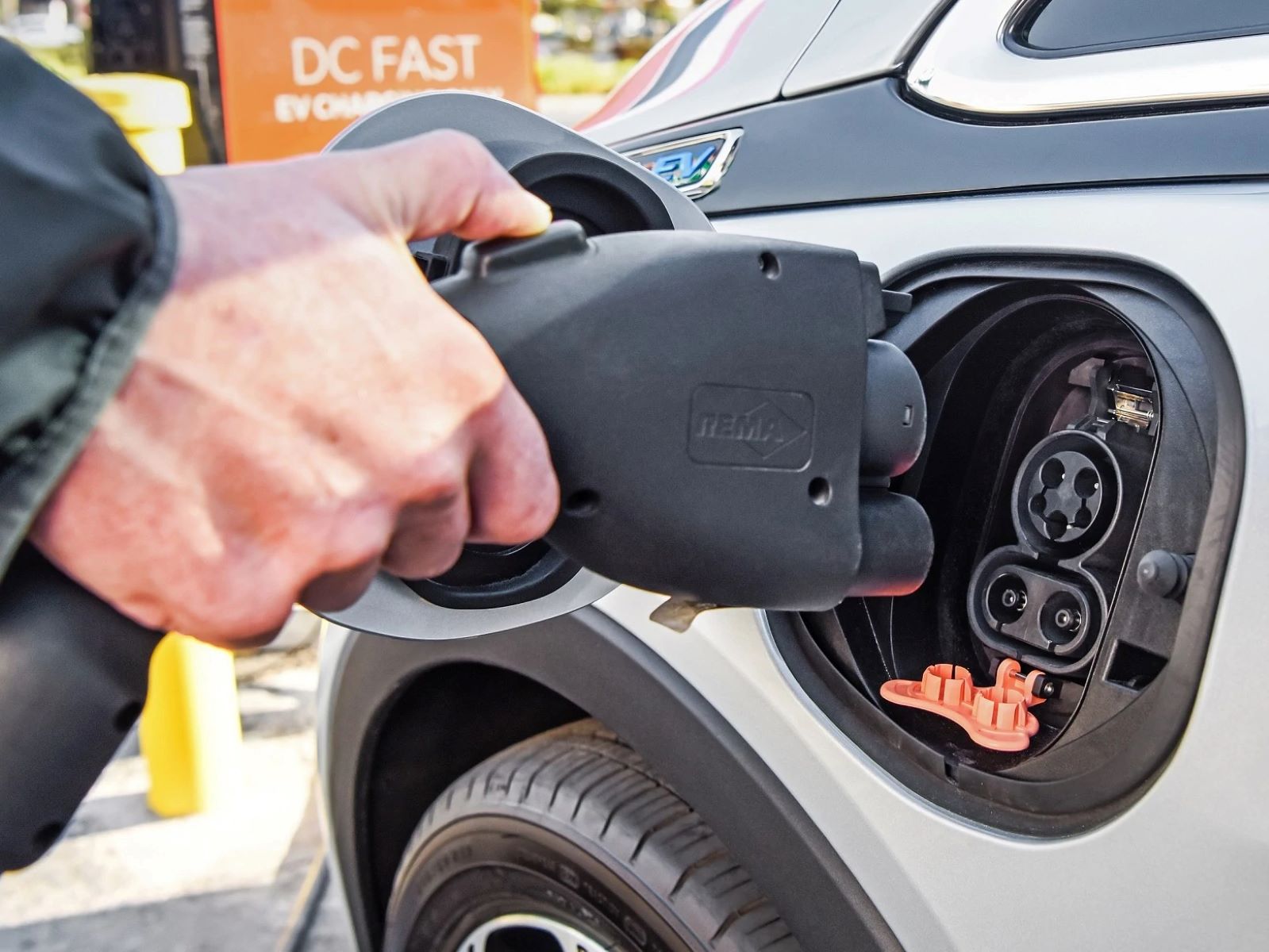
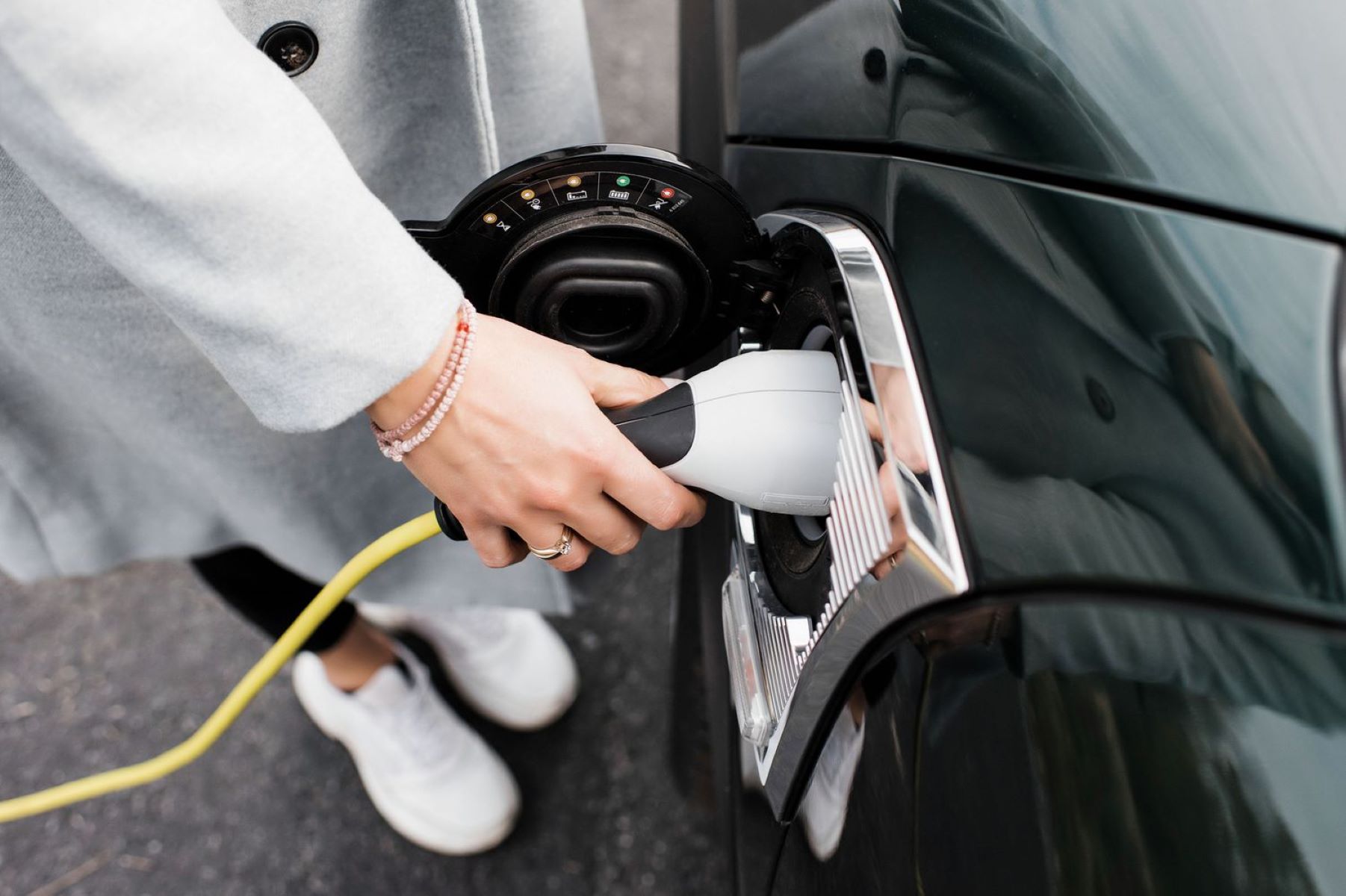

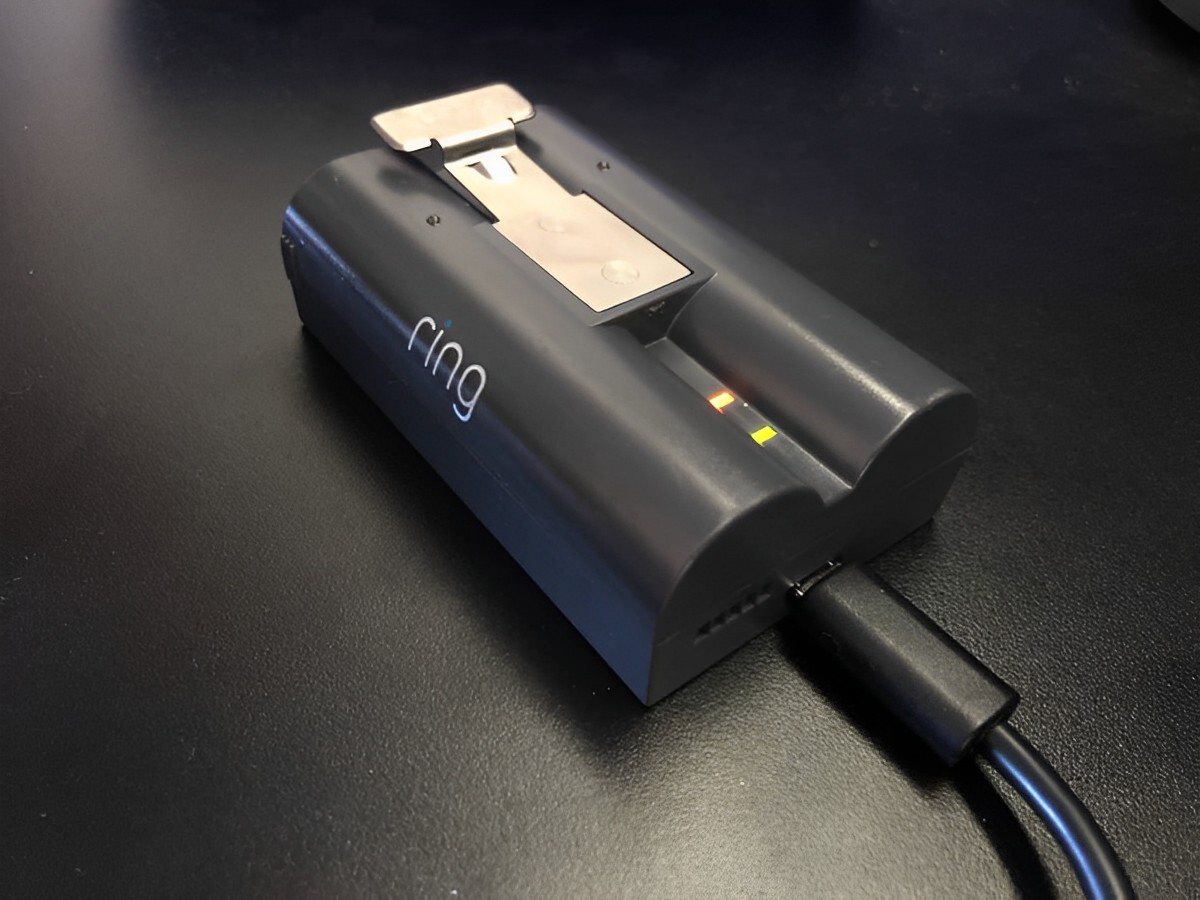

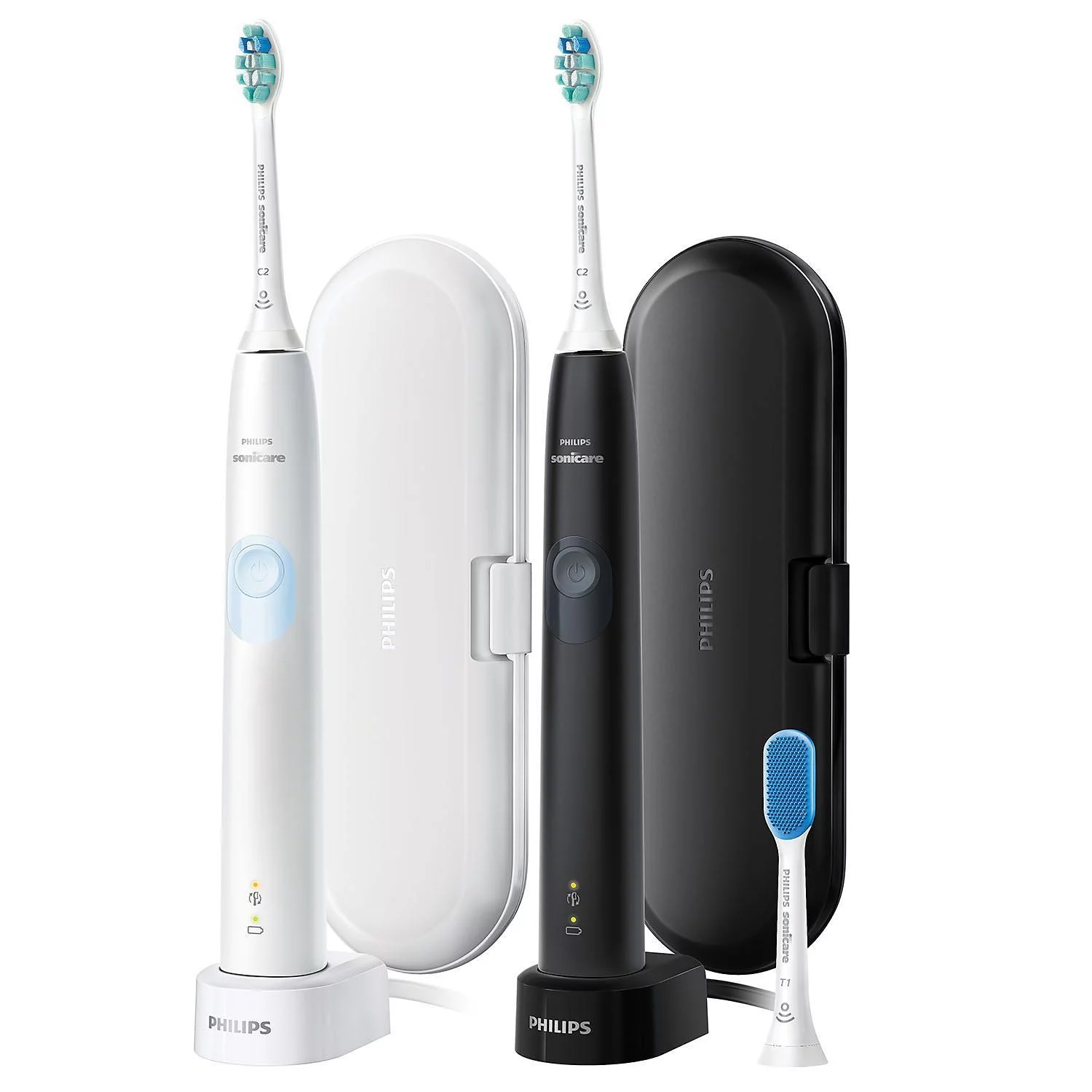
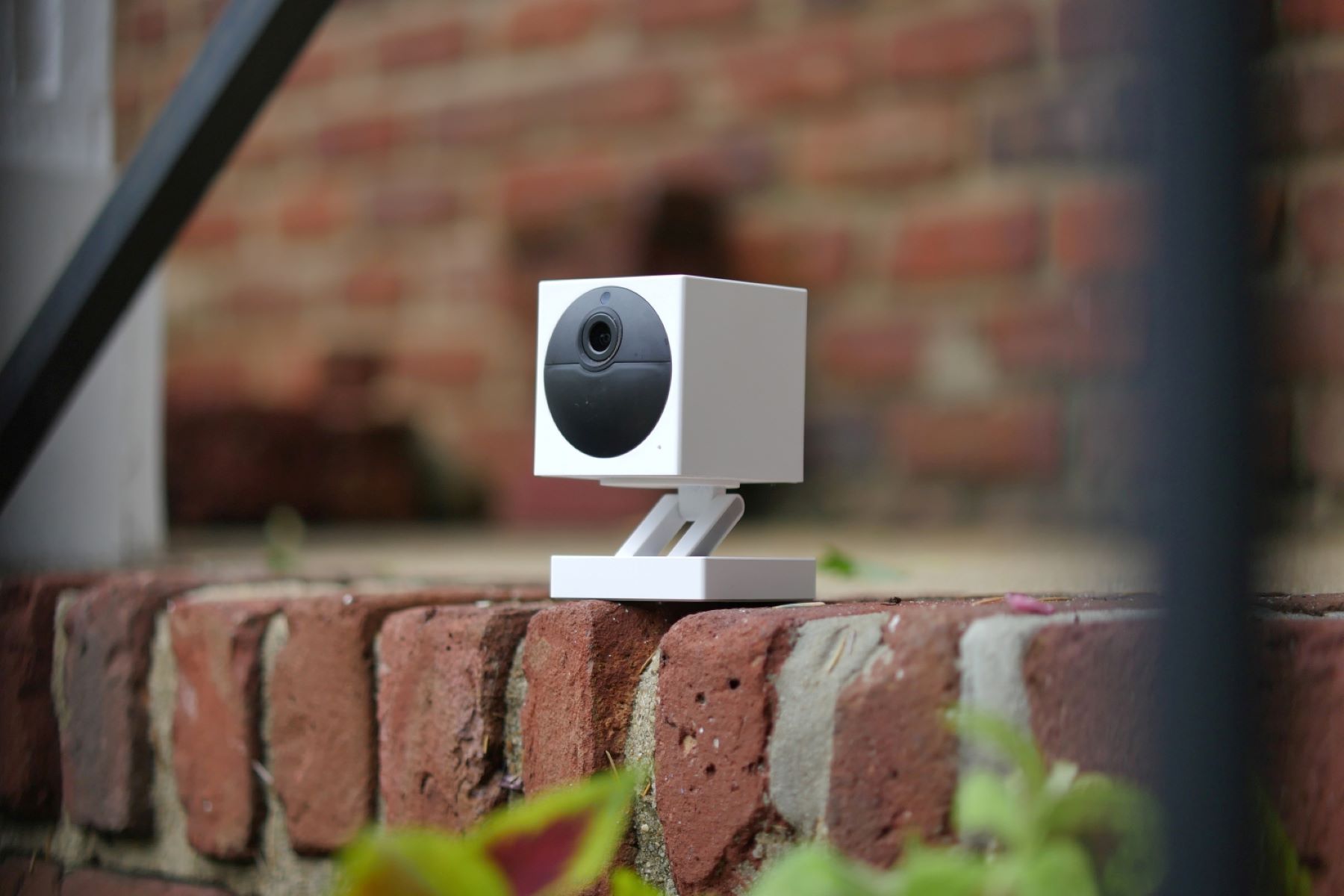
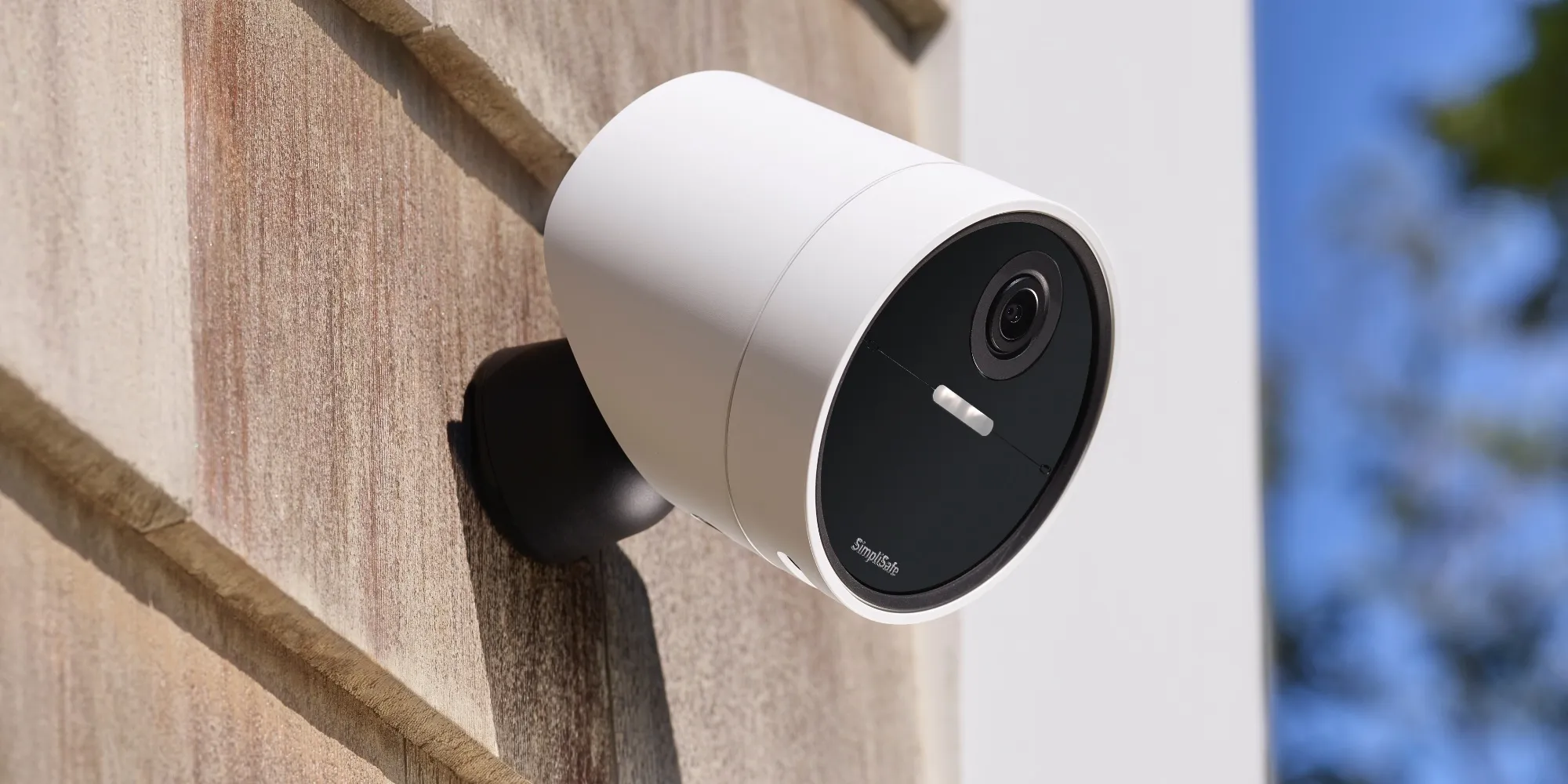
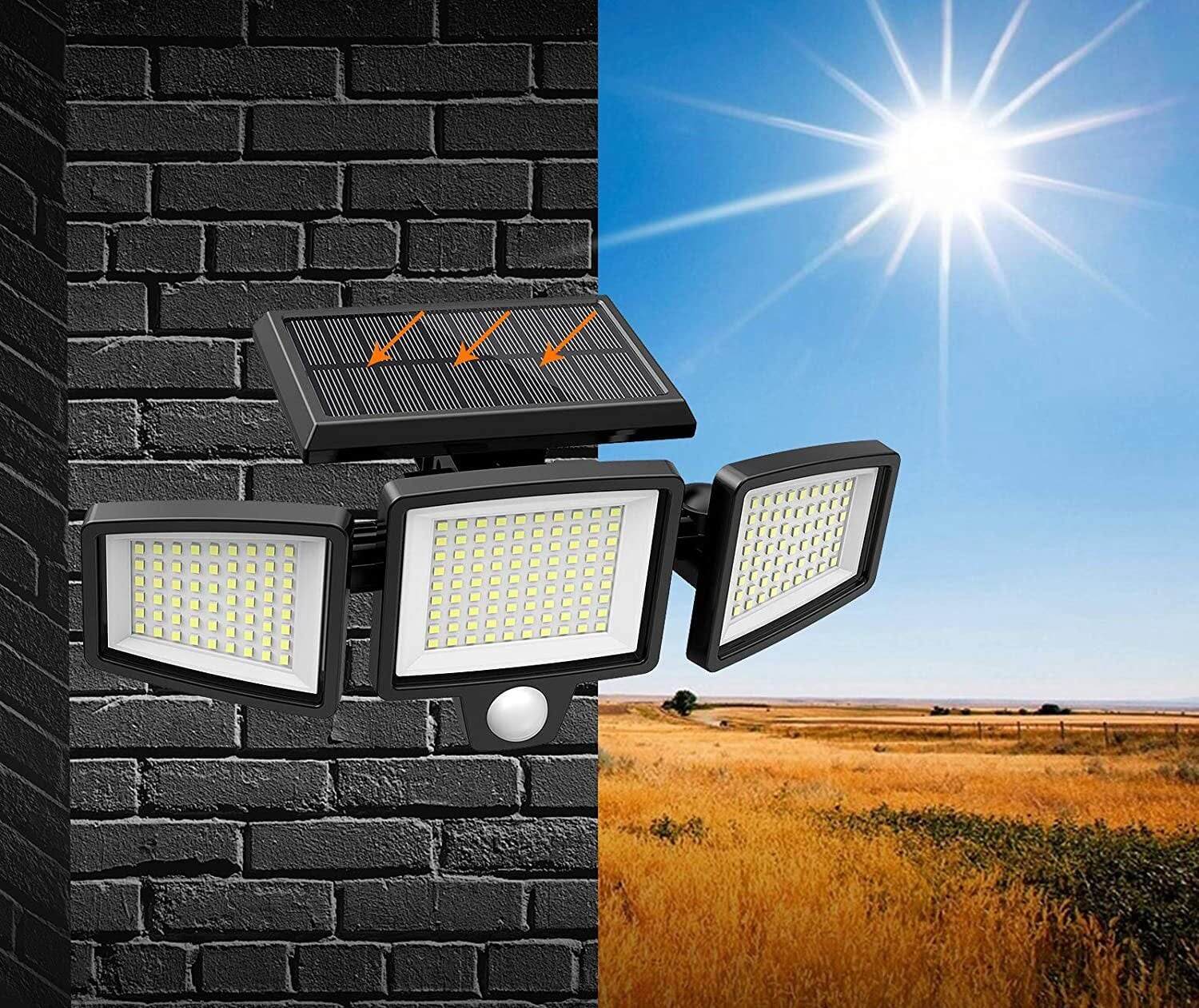
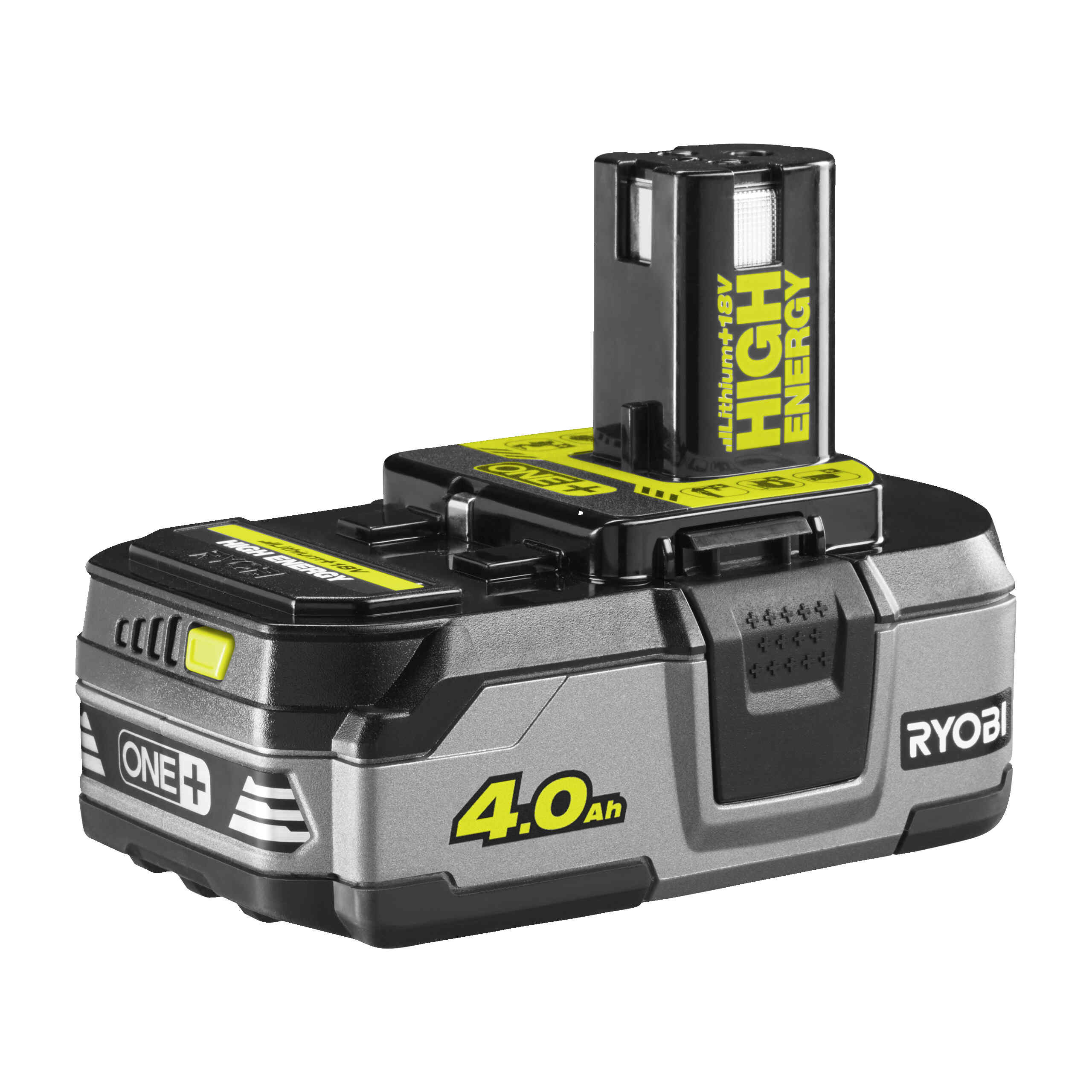
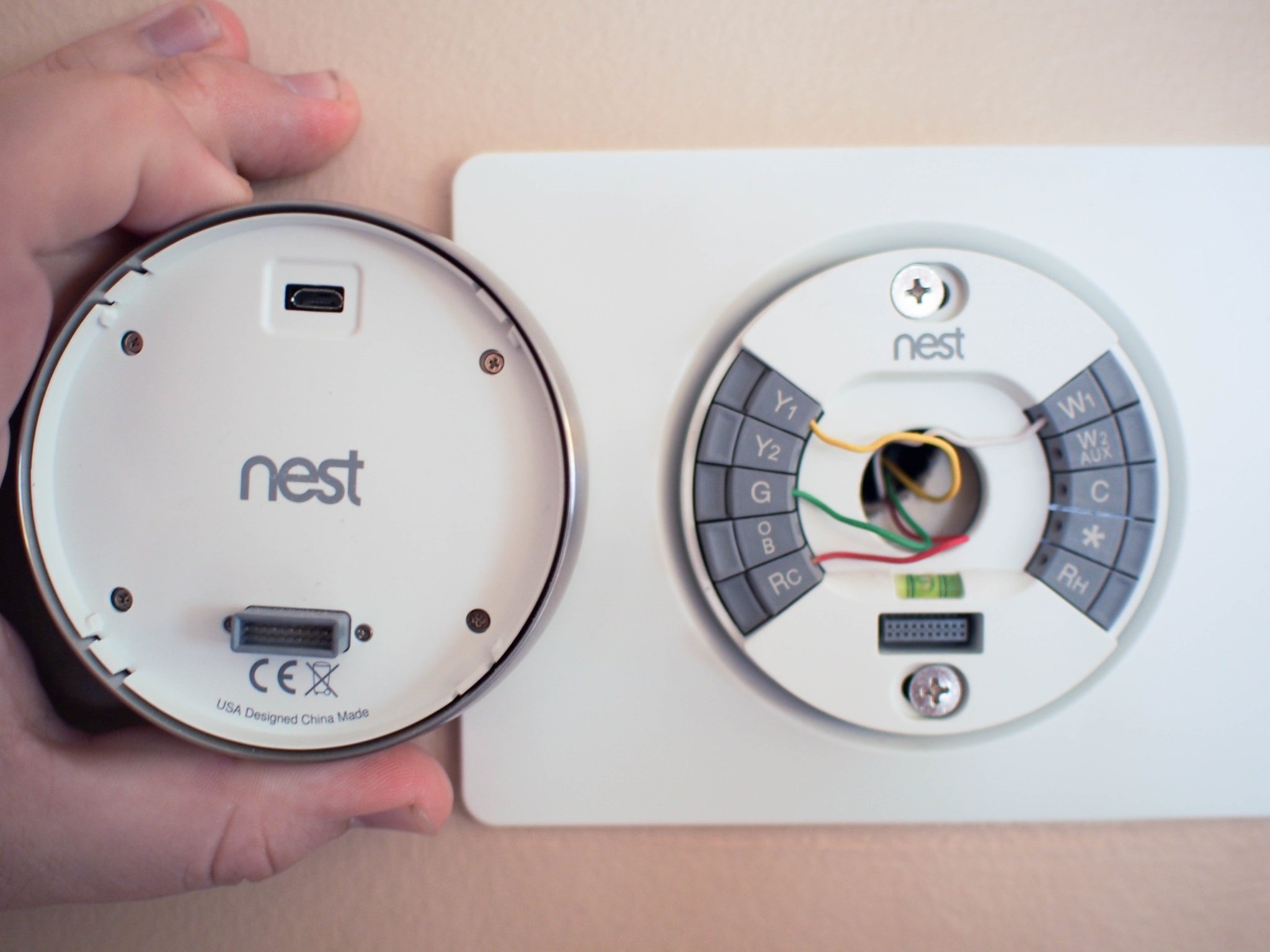
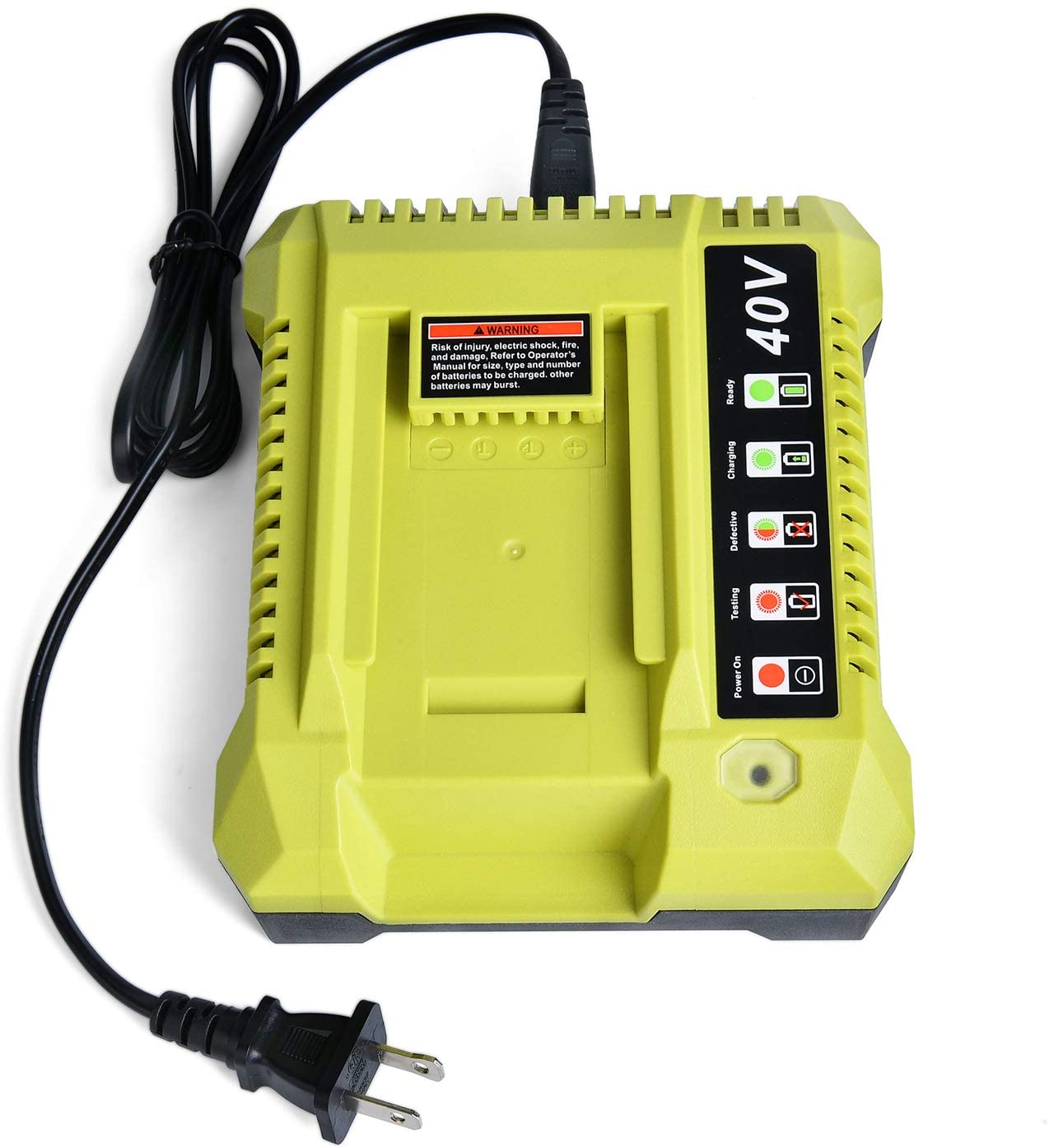

0 thoughts on “How Long Does The Nest Thermostat Take To Charge”